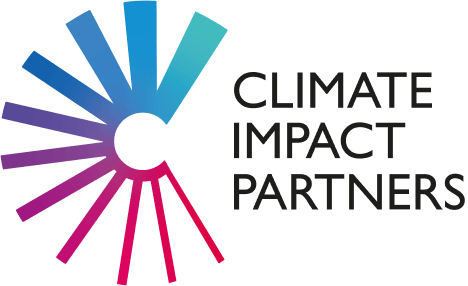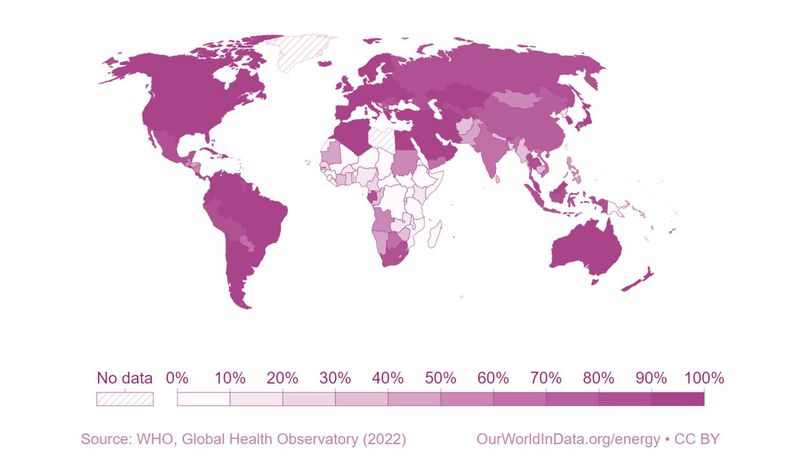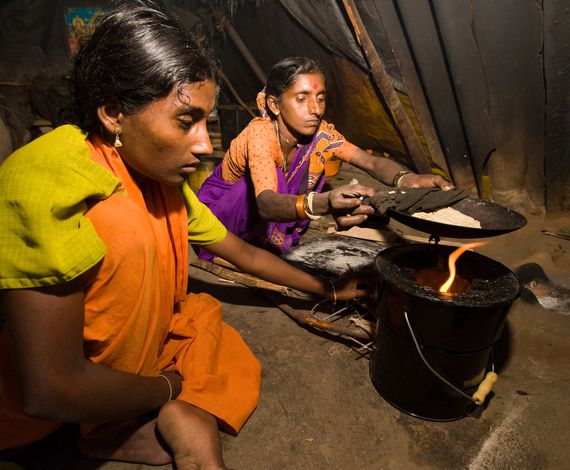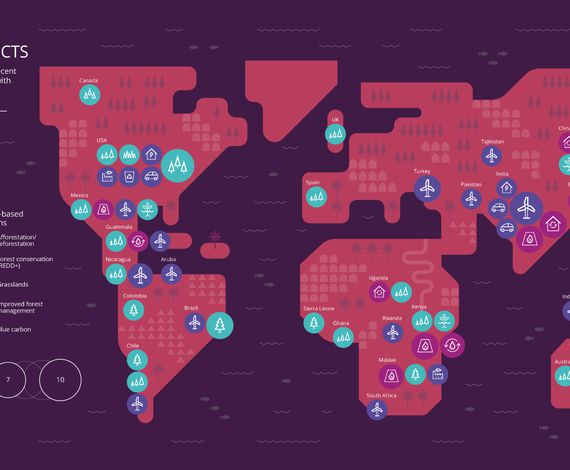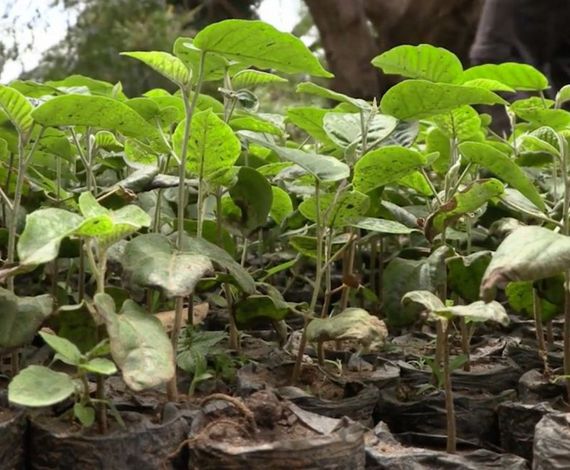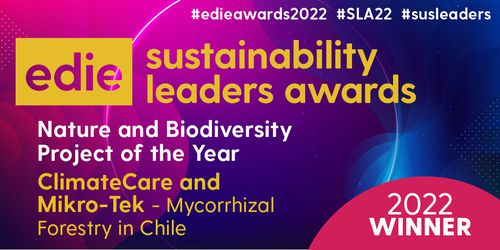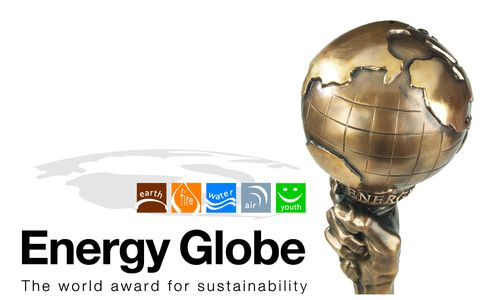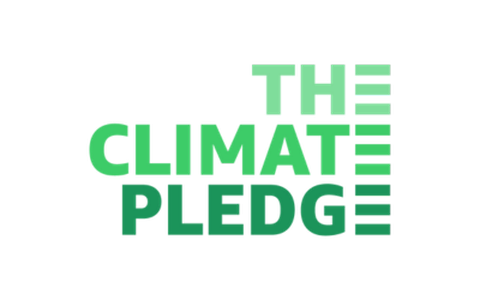Bondhu Chula Stoves in Bangladesh
Teams of micro-entrepreneurs build and install improved efficiency stoves into the homes of end-users with chimneys to reduce indoor smoke from cooking.
More than one billion tonnes of carbon emissions each year come from burning wood and charcoal to cook, which is 2% of total global emissions and the same amount as annual air travel. Clean cooking projects not only reduce carbon emissions but also support the health and livelihoods of communities most impacted by climate change yet least responsible.
Have you ever wanted to visit a carbon project?
View our immersive 360-degree video tour below to see how some of our global clean cooking projects are a climate solution that also deliver health, gender, and deforestation co-benefits.
You will experience:
- The baseline situation of cooking over a smoky three-stone fire
- A first-hand look at the most common cooking fuels around the world
- How clean cooking projects can reduce global emissions and local deforestation
How inefficient cookstoves contribute to climate change
2.6 billion people, or 1 in 3 globally, lack access to safe, clean cooking fuels and technology.1 They are reliant upon cooking with open fires or using inefficient stoves that emit over 120 megatons of climate pollutants every year.2 8 in 10 people in Sub-Saharan Africa cook with wood or charcoal, and the number of those who depend on polluting cooking fuels across the continent continues to rise.
More than half of all wood harvested globally is used for cooking and heating and up to 34% of wood that is collected for cooking is done so unsustainably, contributing to climate change and deforestation. Women and children are primarily responsible for gathering fuel and have to walk increasingly long distances carrying heavier loads due to deforestation. This activity takes 10 hours per week on average, which means they have less time to do more important activities such as going to work or school.3
Not only are inefficient cookstoves detrimental to the environment and to livelihoods, but they also contribute to over 4 million people dying every year from indoor air pollution, making it a top environmental health risk, according to the Clean Cooking Alliance. This number is more than HIV, Malaria and Tuberculosis combined.
Clean cooking solutions
There is a range of affordable clean cooking solutions available today and as Project Drawdown explains, clean cooking projects could reduce 30 to 75 billion tonnes of carbon emissions between now and 2050. The majority of clean cooking carbon emission reduction projects improve the efficiency of cookstoves by reducing the use of biomass fuels like wood or charcoal or replace biomass fuels entirely with clean burning fuels. Access to efficient cookstoves:
- reduces deforestation
- cuts carbon emissions
- and reduces or removes exposure to toxic fumes
By decreasing the amount of fuel used, clean cooking also reduces the household costs or time spent collecting fuel, and the time it takes to cook a meal improving gender equality. It brings significant health benefits and delivers financial savings, leaving households with more to spend on essential items like family well-being and education. A number of projects also create job opportunities, providing training to local workers to manufacture stoves and distribute them through a wide network of local retailers.
How carbon finance benefits clean cooking
Clean cookstove projects are a climate justice solution. Carbon finance is a critical component to the success of the clean cooking transition as it enables the distribution of improved cookstoves to communities that are least responsible for climate change, yet most impacted by it. Carbon finance supports efficient cooking projects by:
- Encouraging behavioral change through educational campaigns and marketing efforts
- Reducing supply chain costs to reach rural communities
- Creating sustainable job opportunities for locals in the manufacture and selling of improved cookstoves
- Supporting innovation in clean cooking technologies
Both pioneers and innovators in the efficient cookstoves space, Climate Impact Partners led the world’s first application of carbon finance to an improved cookstoves project in Bangladesh in 2003 and most recently co-developed the world’s first methodology for metered and measured energy cooking devices.
Examples of Climate Impact Partners' clean cooking projects
Improved Installed Stoves
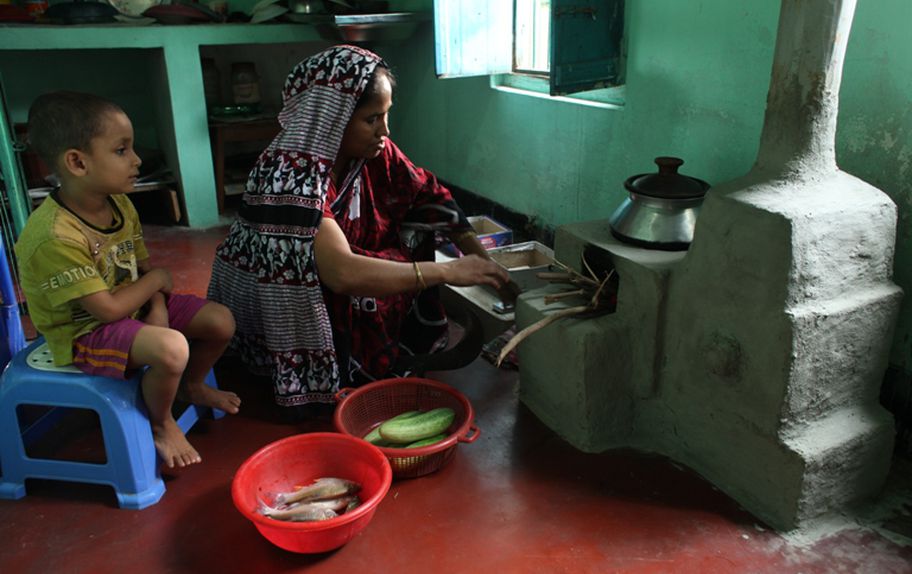
Modern Fuel Burning Stoves
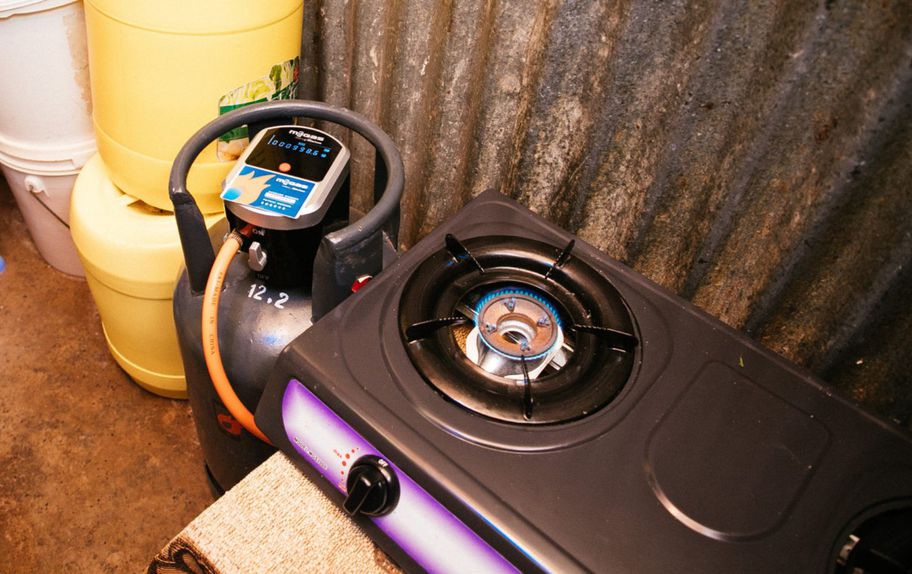
Circle Gas Smart Meters in Kenya
Pay-as-you-go gas stoves that use smart meters to make clean cooking more affordable for households that typically cook with wood or charcoal.
The impact of clean cooking emission reduction projects
In addition to delivering emissions reductions help to combat climate change (SDG 13) clean cooking projects commonly support a number of the United Nations Sustainable Development Goals (SDGs). These include:
- Goal 1. End poverty in all its forms everywhere
- Goal 3. Ensure healthy lives and promote well-being for all at all ages
- Goal 4. Ensure inclusive and equitable quality education and promote lifelong learning opportunities for all
- Goal 5. Achieve gender equality and empower all women and girls
- Goal 7. Ensure access to affordable, reliable, sustainable and modern energy for all
- Goal 8. Decent work and economic growth
- Goal 9. Build resilient infrastructure, promote inclusive and sustainable industrialization and foster innovation
- Goal 10. Reduce inequality within and among countries
- Goal 13. Take urgent action to combat climate change and its impacts
- Goal 15. Life on land
Learn more about the impact of our projects
Clean cooking project methodologies
All the carbon finance projects we support are independently validated and verified in line with recognized global standards, including the Verified Carbon Standard (VCS), the Gold Standard, the American Carbon Registry (ACR) and the Climate Action Reserve (CAR). Some examples of clean cooking project methodologies used in the Voluntary Carbon Market.
Gold Standard:
- The Gold Standard Simplified Methodology For Clean And Efficient Cookstoves
- Methodology For Metered & Measured Energy Cooking Devices
- Reduced Emissions From Cooking And Heating – Technologies And Practices To Displace Decentralized Thermal Energy Consumption (TPDDTEC)
VCS – Verified Carbon Standard:
CDM – Clean Development Mechanism:
Connect with us
40% of the world
does not have access to clean, modern energy sources
Clean cookstove projects are a climate justice solution.
100+ million tonnes of emissions have been reduced by Climate Impact Partners working with quality projects around the world
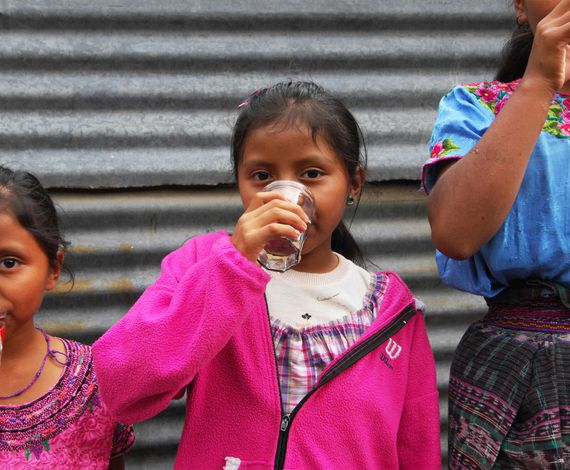
Who We Are
Together with the world’s leading companies and quality project partners we will reduce 1 billion tonnes of CO2.
Read more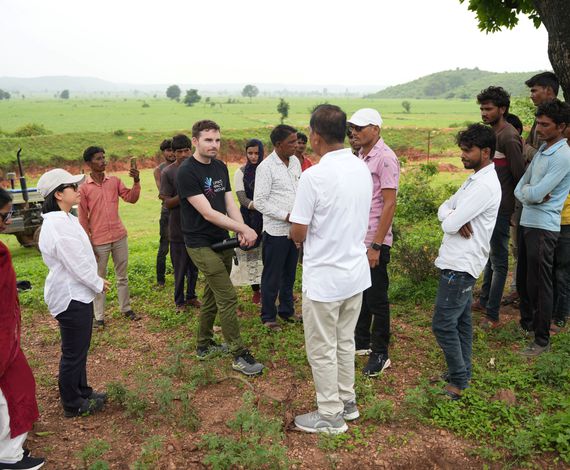
Quality Assurance
We have developed a leading-edge due diligence process that goes beyond industry requirements and continually evolves to set best practice.
Learn more